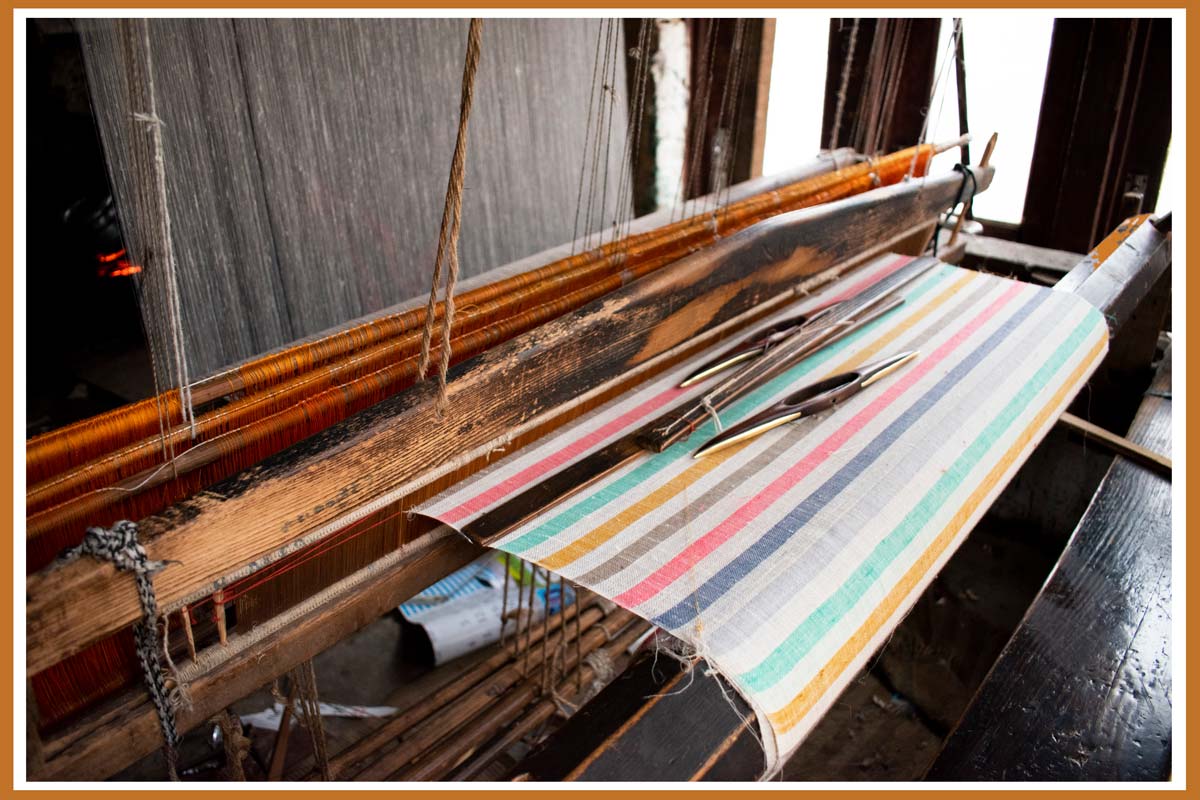
Why are Kashmiri Pashmina Shawls So Expensive?
Pashmina shawls have been treasured all over the world as luxurious and timeless, but why would these lovely pieces be so expensive?
Rarities in Pashmina Fiber
Pashmina is derived from the high altitudes of the Himalamic region, where the specific breed of goats, also known as Changthangi or Pashmina goat, resides. Among the fibers found on the globe, its ultra-fine wool is finer, lighter, and warmer compared to all others. This wool found in small quantities is called Pashm because one goat is able to produce only 80-170 grams a year. Owing to this fact of natural rarity, Pashmina is one of the rarest materials and in high demand.
 Warm Hue Stripes Cashmere Scarves - RAWLINS
Warm Hue Stripes Cashmere Scarves - RAWLINS
Labour Intensive Craftsmanship:
Most of the art in Pashmina shawl making is done painstakingly, involving stages at every step that require different skills handed down through generations from ancestors.
Spinning: The raw Pashm wool is delicately hand-spun, almost always by women artisans. The whole process of the work takes days to be completed and yields extremely fine and soft yarn.
Manufacturing of shawls: The hand-woven yarn is later woven into shawls by skilled male artisans. Weaving is a highly complex process that may take a few days to several weeks, depending upon the complexity of design.
Consequently, most Pashmina shawls are later embellished with Sozni embroidery—more popularly termed as needlework—or Kani weaving. The latter techniques are painstaking and need months of time for just one shawl to be completed.
Artisanal Heritage:
These pashmina shawls carry much more than the mere decorative idea; they incarnate in themselves a bundle of tradition and culture over centuries. Skills pertaining to the making of such shawls get passed on from generation to generation so as to safeguard the exclusive heritage of regions like Kashmir. When you buy the Pashmina shawl, you are not actually taking home just another product; you are investing in the perpetuation of cultural heritage.
Time and Patience:
Patience and Time It takes several weeks to many months for the preparation of one single Pashmina shawl. From gathering the wool to spinning, weaving, and embroidering—the whole process is time-consuming and demands a very high degree of skill at each stage. Because each shawl is so full of time and patience, it is expensive.
Ethical Production:
Most manufacturers of Pashmina ensure, especially in view of growing awareness about ethical fashion, that good wages and a safe environment to work in are accorded to the artisans involved. An ethical approach toward the way in which Pashminas are produced may be more costly; however, the ethic also guarantees that those who work on such beautiful shawls are rewarded correctly.
Royality Factor:
Centuries have associated Pashmina shawls with royalty and, therefore, luxury, earning the reputation not just as a fashion statement but also as an integral unit of investment. Customarily, these shawls were part of the prerogative that kings, queens, and nobility enjoyed, standing for status and luxury. Even today, owning an authentic Pashmina shawl is something that attests to taste and sophistication. The artisanal craftsmanship, rarity, and cultural value attached make these shawls comparable to the finest pieces of luxury collectibles.
As they are usually heirlooms passed down generations, they will only appreciate in value over time and can be said to be astute investments for one who appreciates timeless elegance and the prestige associated with owning a piece of wearable art.
Long-Term Investment and Heirloom Potential:
The Potential for Long-Term Investment/Heirloom: However, beyond being a fashion statement, a Pashmina shawl is a timeless creation and bears a lot of potential as an investment piece. Just as genuine handloom products are starting to gain interest, real Pashmina shawls appreciate in value. In addition, Pashmina shawls are undoubtedly bequeathed through the generations and never lose their beauty and value. Not only the fact that Pashmina shawls are durable can make these shawls highly demanded, but their cultural and artisanal value also enhances desirability as collectibles. Buying a Pashmina shawl is an investment in something that, with time, will grow in both emotional and monetary value since it, with time, becomes even rarer and of higher exclusivity.
Conclusion:
Pashmina shawls are not affordable. Rare raw materials of high quality, intensive craftsmanship, and an expanse of culture are just not mere aesthetics that punctuate a piece of luxury but also very valid reasons why a Pashmina is way more than that—it's worth an investment. A purchase of Pashmina basically means buying a piece of history, art, and timeless elegance.



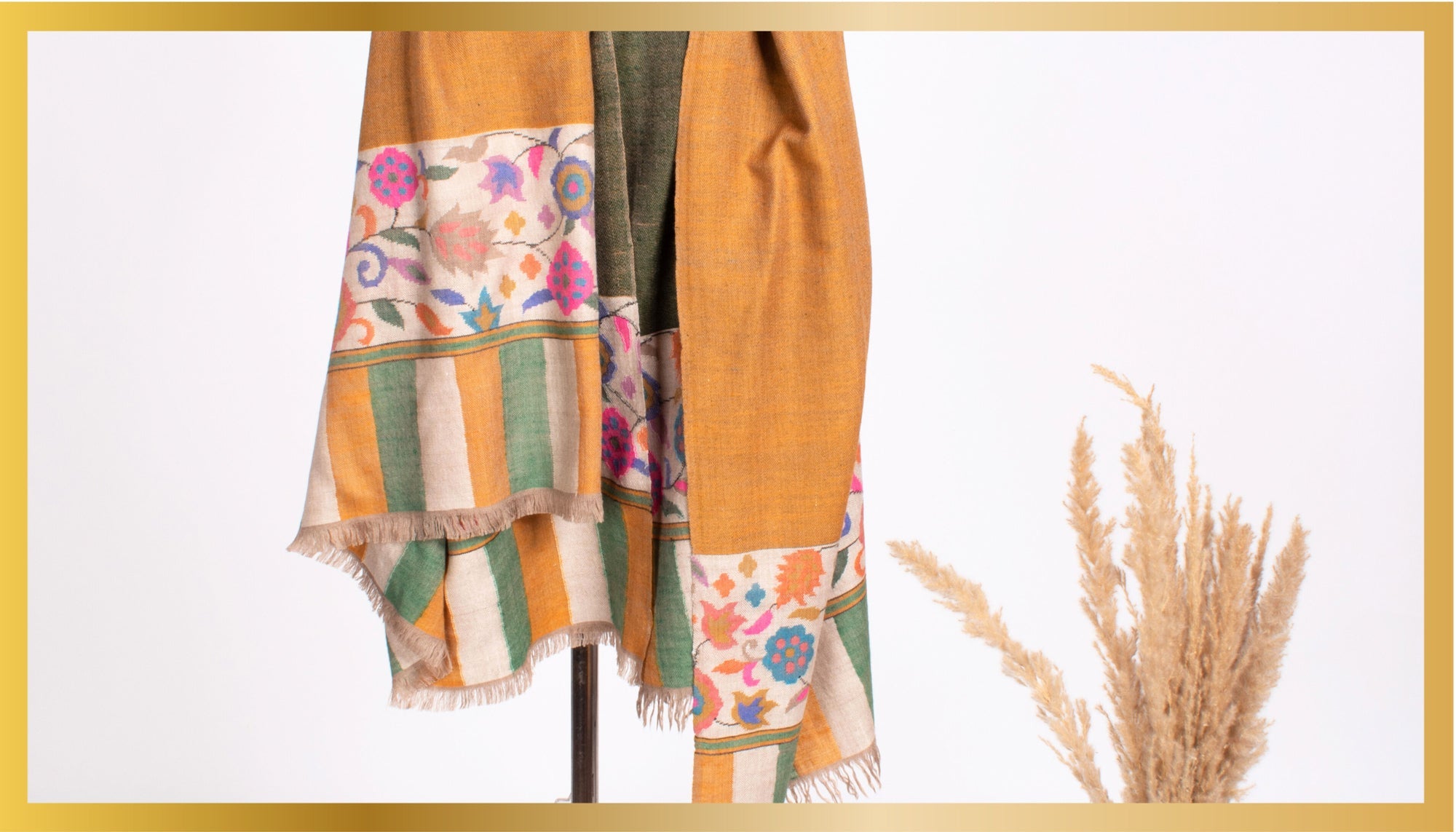
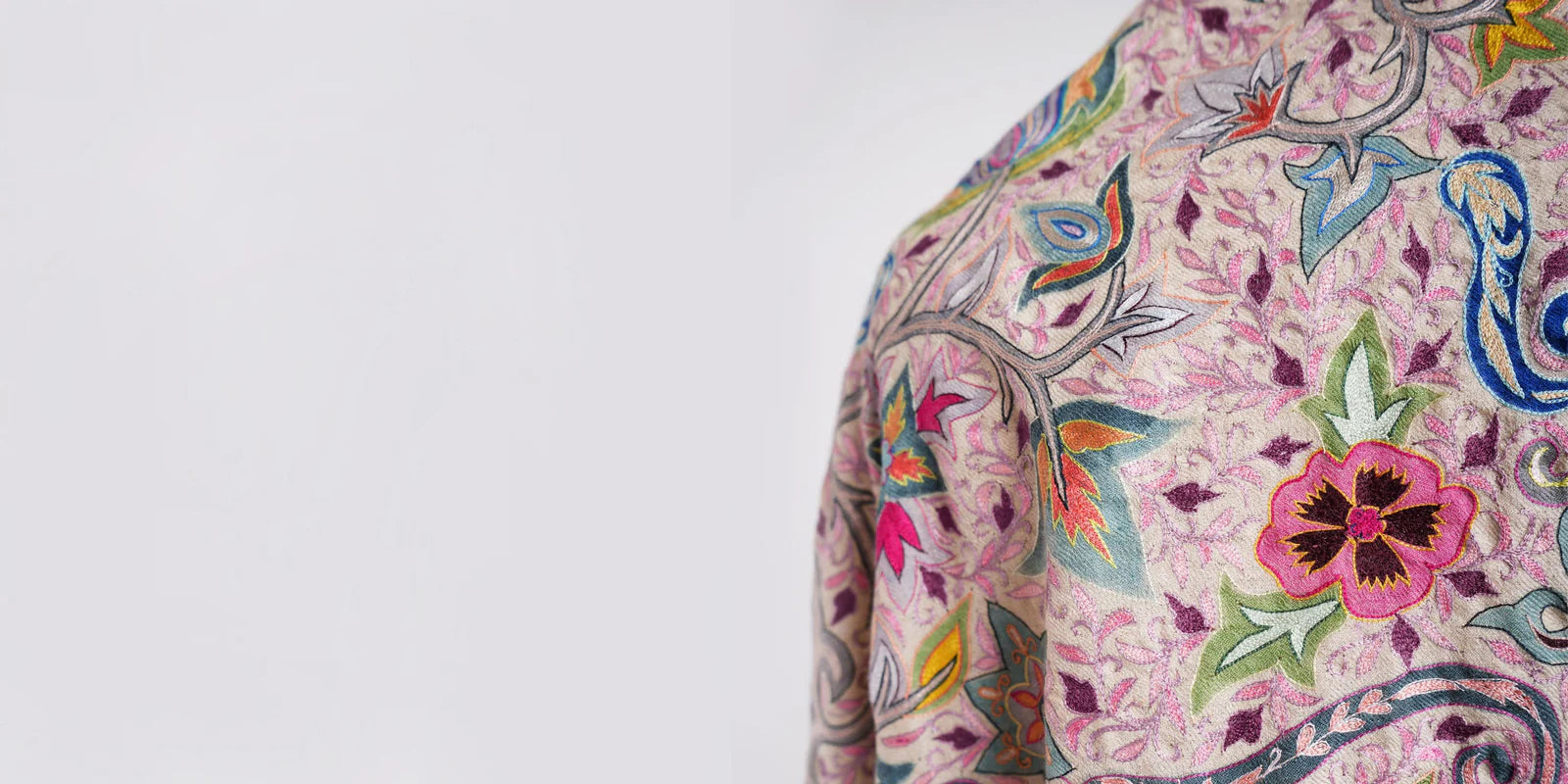

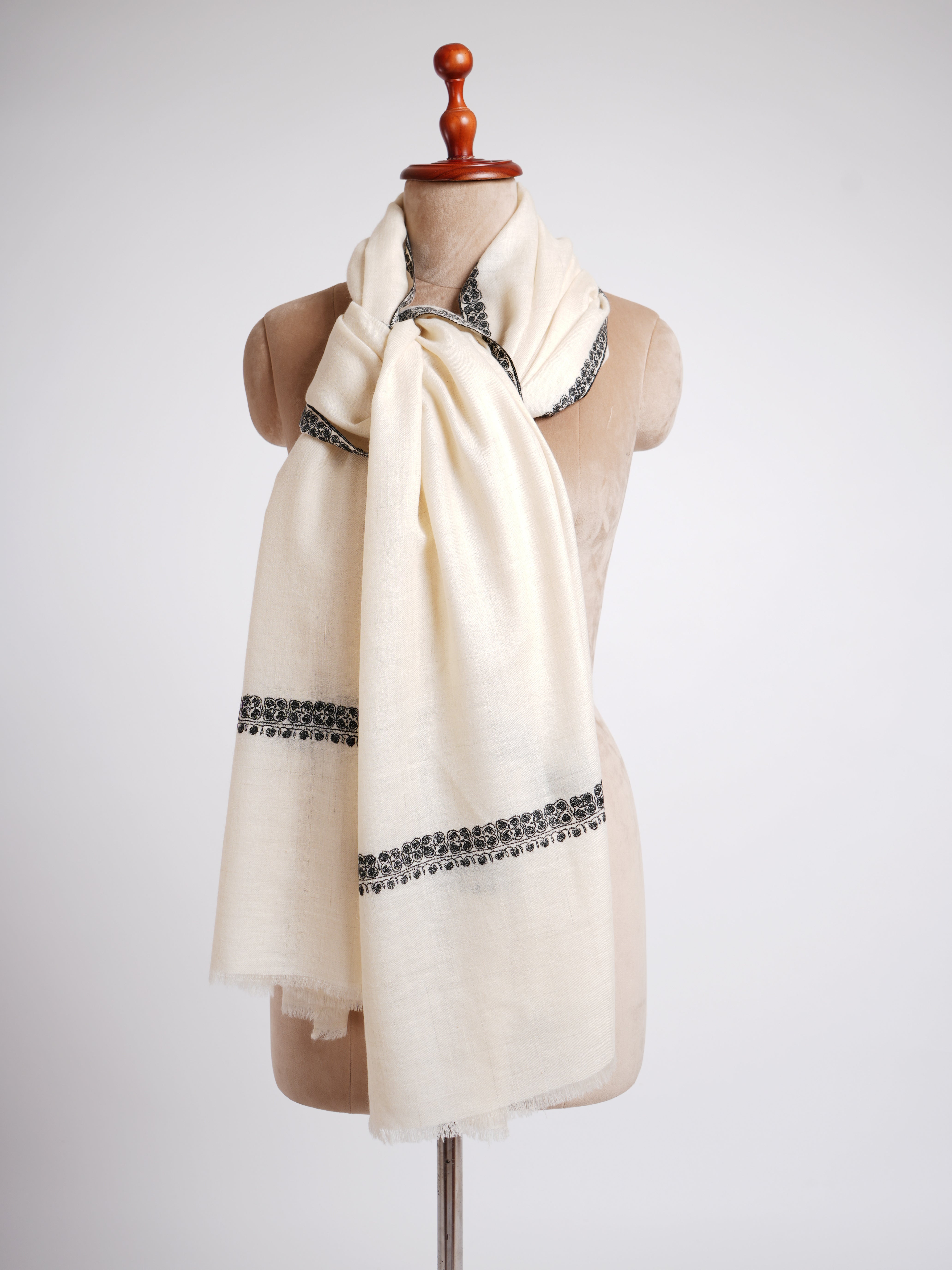
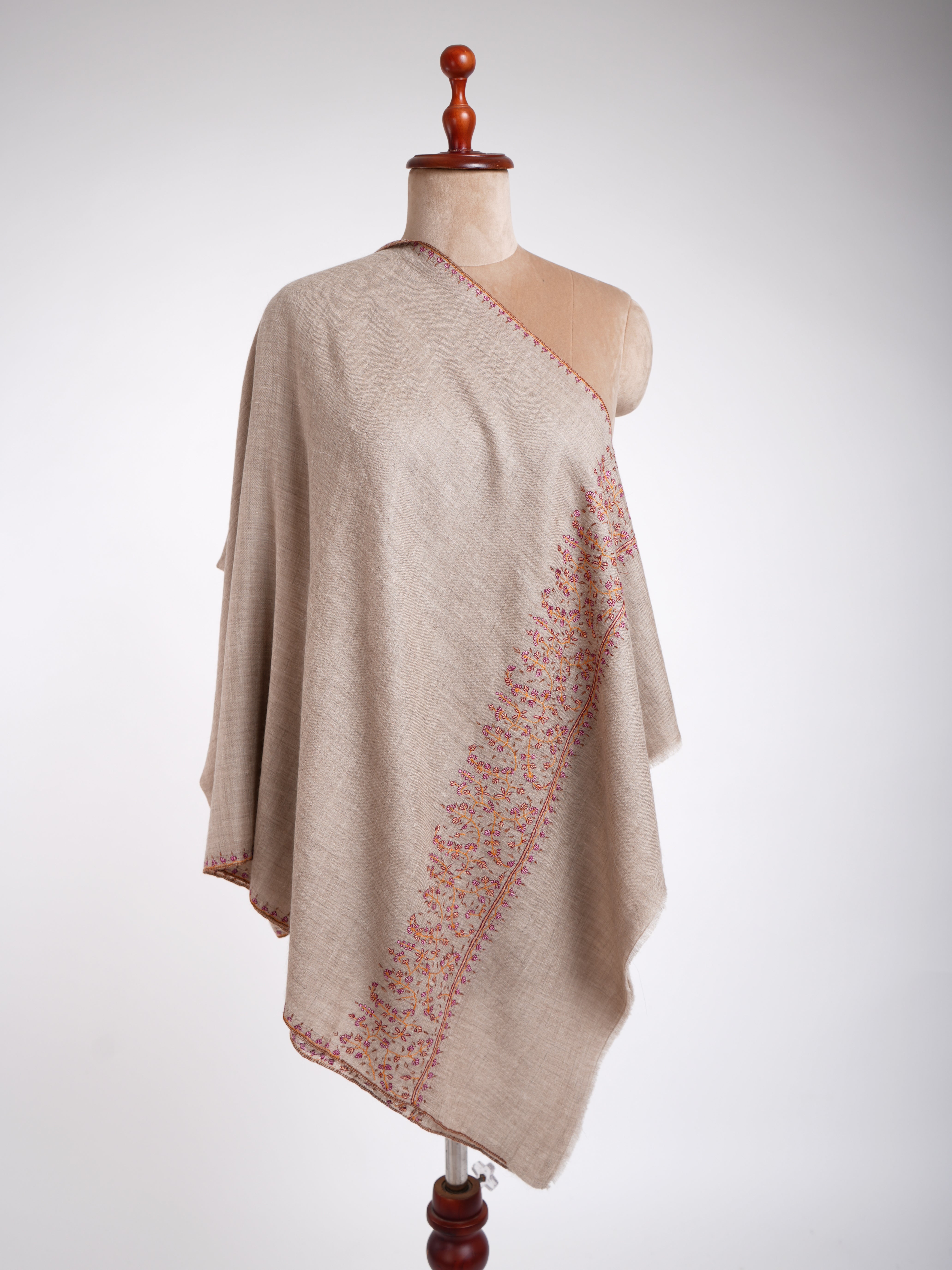
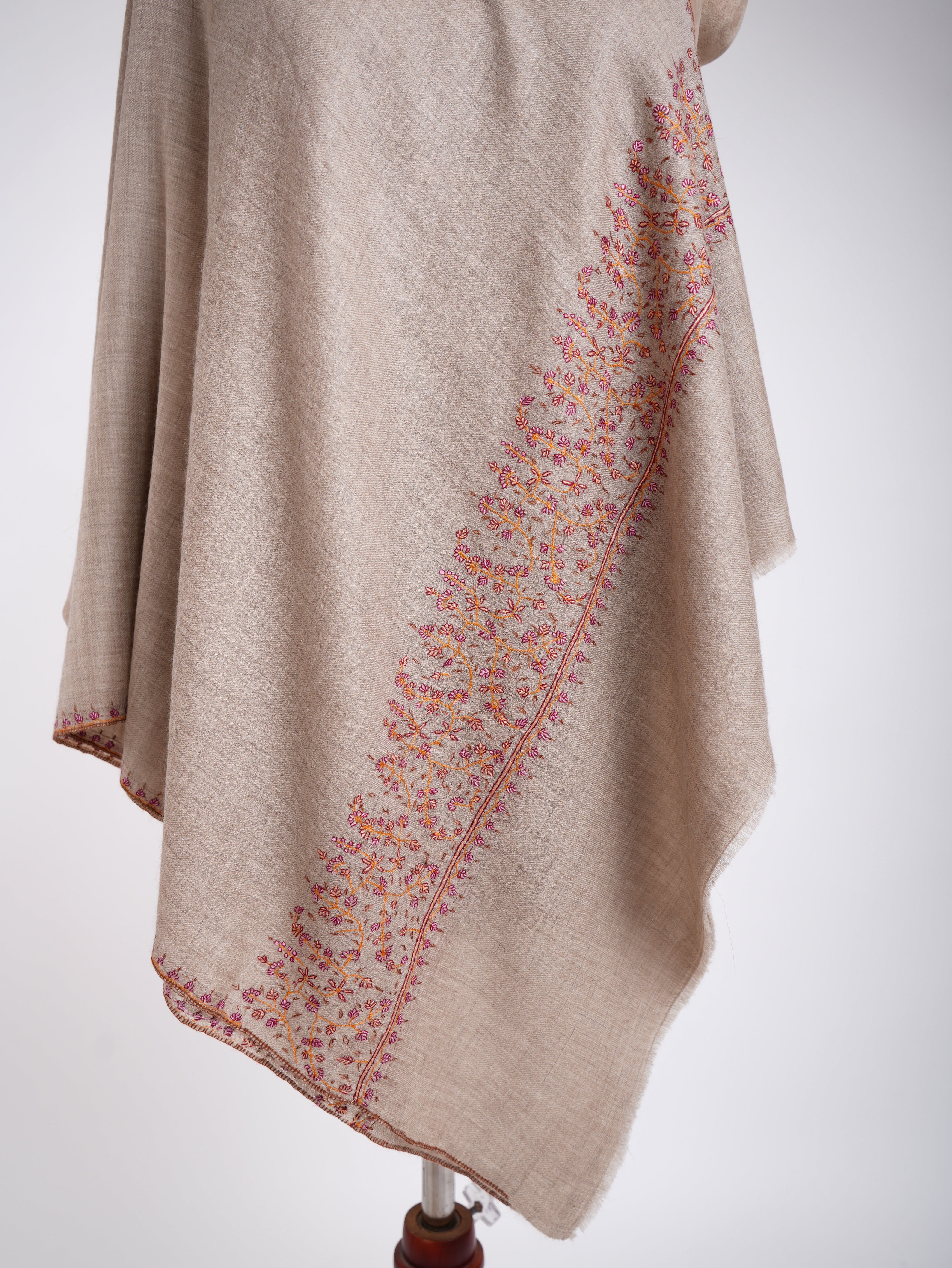
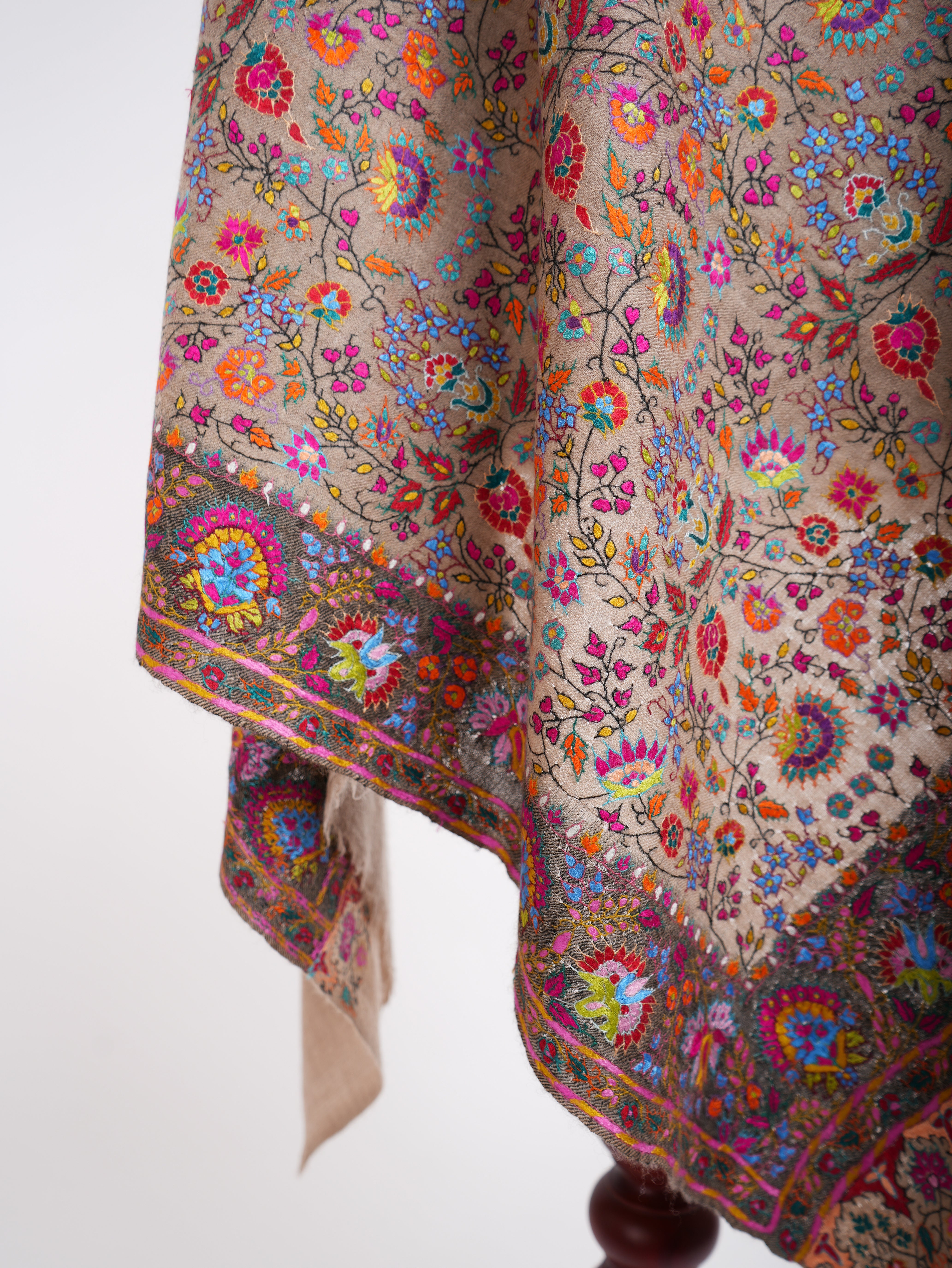
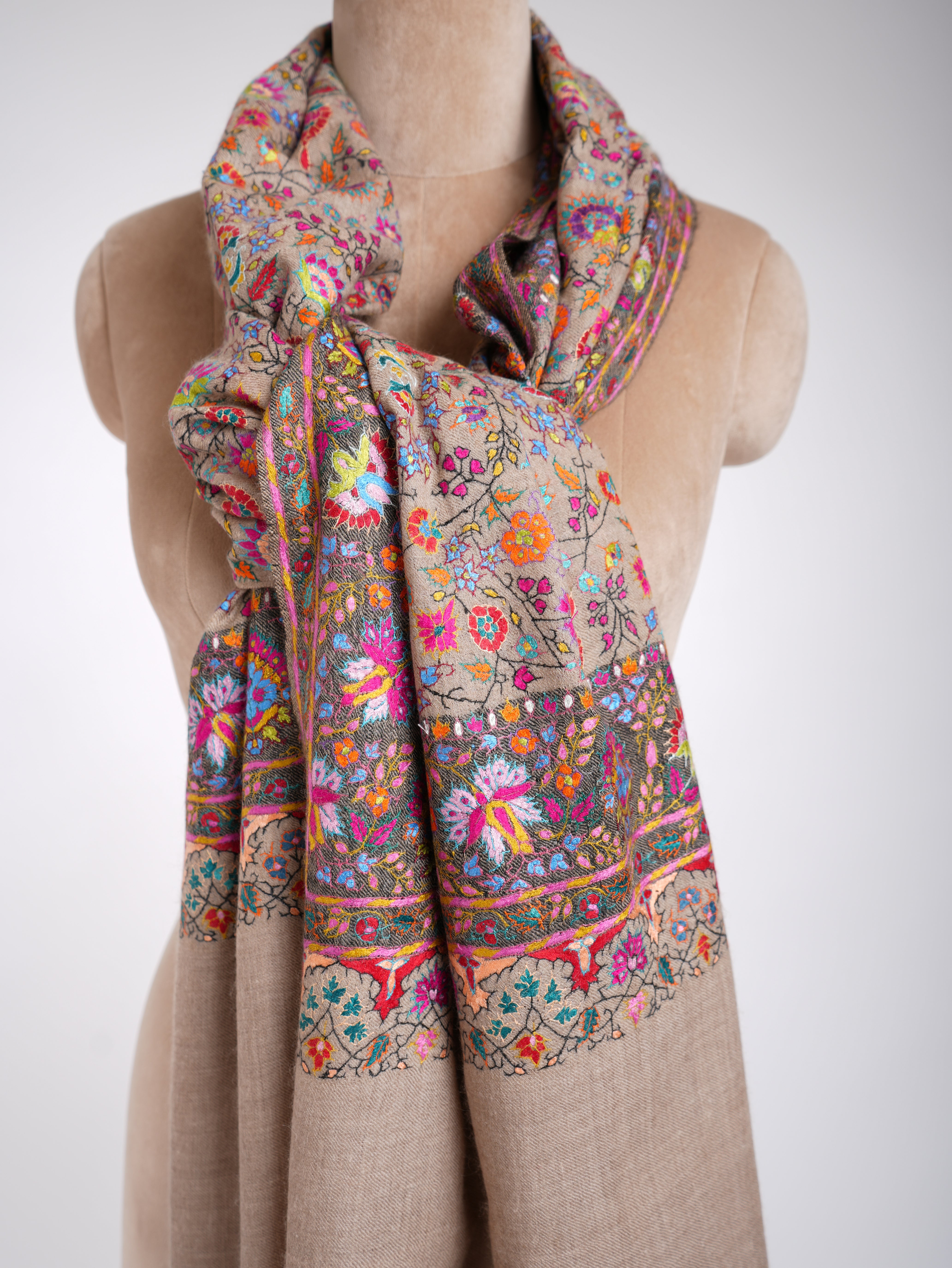
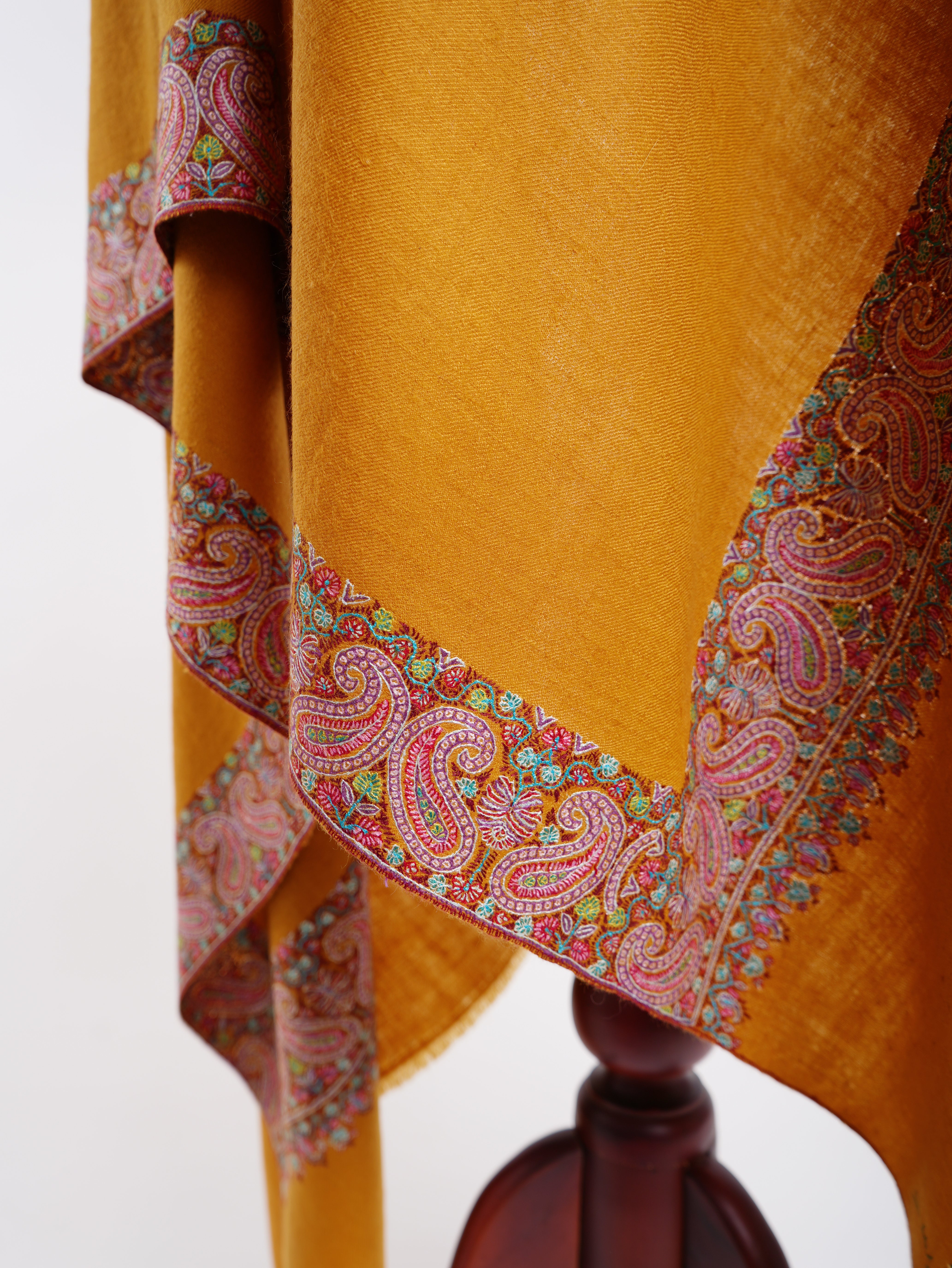
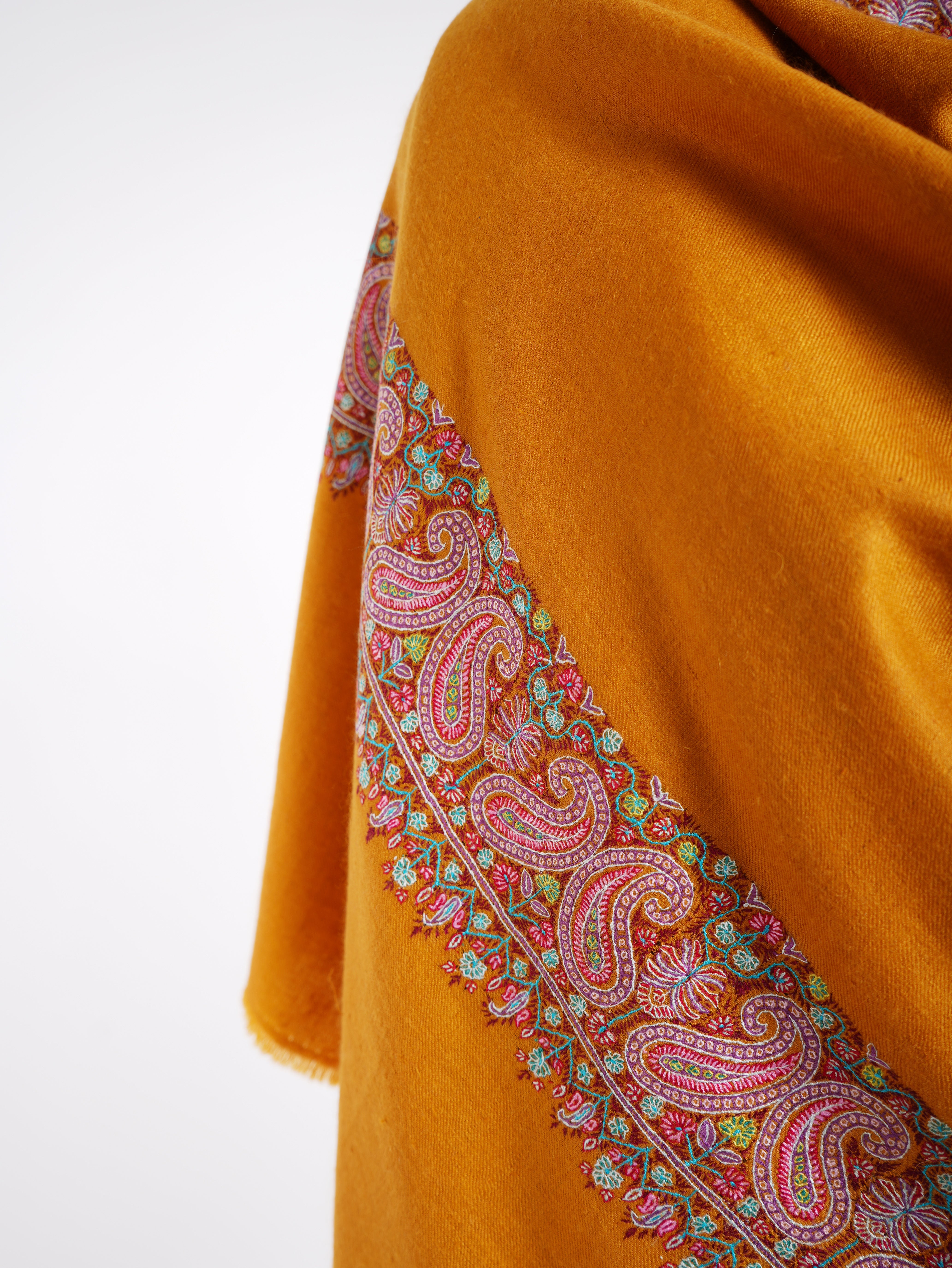


Leave a comment
This site is protected by hCaptcha and the hCaptcha Privacy Policy and Terms of Service apply.